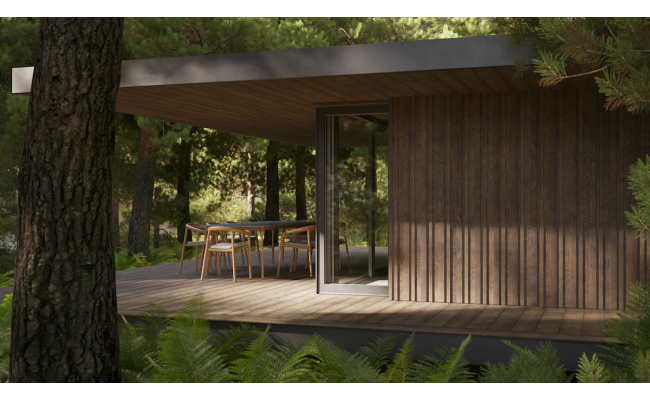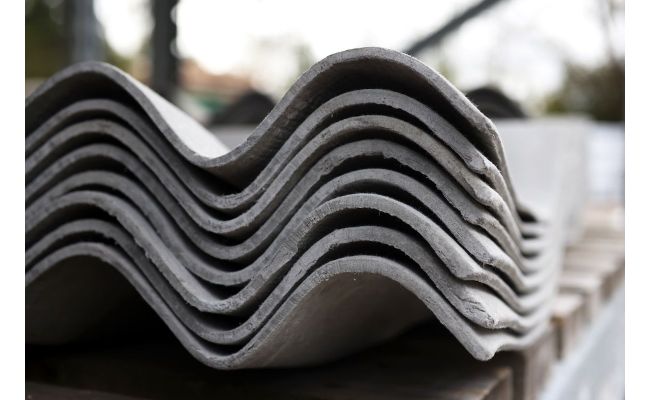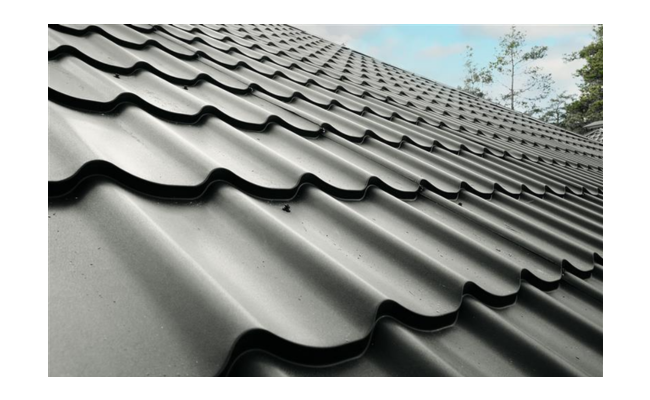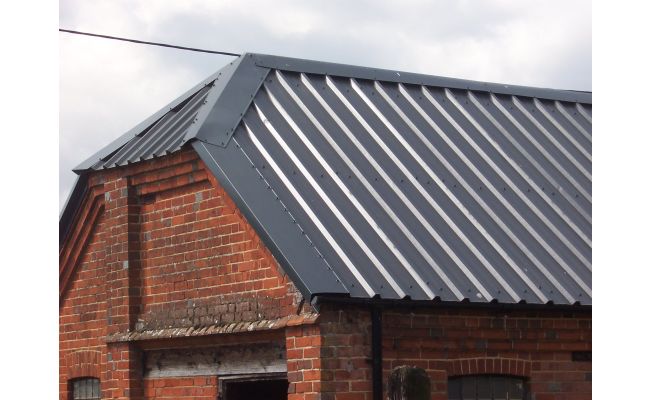In the world of sustainable building, every component plays a crucial role. From insulation to solar panels, each element contributes to a greener, more energy-efficient structure. However, one often-overlooked component, timber joists, is making a significant impact.

Understanding Timber Joists and Their Sustainable Benefits
What Are Timber Joists?
Timber joists are structural beams used to support floors and ceilings in buildings. Traditionally, they have been a popular choice due to their strength, durability, and aesthetic appeal. However, in recent years, they have gained recognition for their role in sustainable building practices.
Timber joists are also commonly used in the subframes of garden decking. Their strength and natural resistance make them the ideal sub-structure for durable and environmentally friendly outdoor spaces.
The Environmental Benefits
Carbon Sequestration
Nature's Carbon Sink: Trees absorb carbon dioxide from the atmosphere and store it in their wood. When used in construction, timber joists help to lock away this carbon, reducing greenhouse gas emissions.
A Sustainable Choice: By selecting timber from responsibly managed forests, we can ensure a continuous supply of this renewable resource while minimising environmental impact.
Energy Efficiency
Thermal Performance: Timber is a natural insulator, helping to regulate temperature within a building. This can lead to reduced energy consumption for heating and cooling, lowering both your carbon footprint and utility bills.
Soundproofing Comfort: Timber joists can contribute to improved sound insulation, creating quieter and more comfortable living spaces.
Reduced Embodied Energy
Lower Manufacturing Footprint: Compared to many other building materials, timber requires less energy to produce and transport. This lower embodied energy reduces the overall environmental impact of a building.
Choosing the Right Timber Joists
When selecting timber joists for a sustainable building project, consider the following factors:
Source: Opt for timber from sustainably managed forests, certified by organisations such as the Forest Stewardship Council (FSC).
Treatment: Treated timber can be more resistant to decay and insect damage, extending its lifespan and reducing the need for replacement.
Size and Spacing: Proper sizing and spacing of joists ensure structural integrity and optimal performance. Consult with a structural engineer to determine the best configuration for your specific project.
The Future of Timber Joists
As the construction industry continues to prioritise sustainability, timber joists are poised to play an even more significant role. Advancements in timber engineering and manufacturing are leading to innovative products that offer superior performance and environmental benefits.
By embracing timber joists as a key component of sustainable building practices, we can create structures that are not only attractive and functional but also environmentally responsible.
Looking to purchase timber joists for your project? Browse the selection from Southern Sheeting here.







